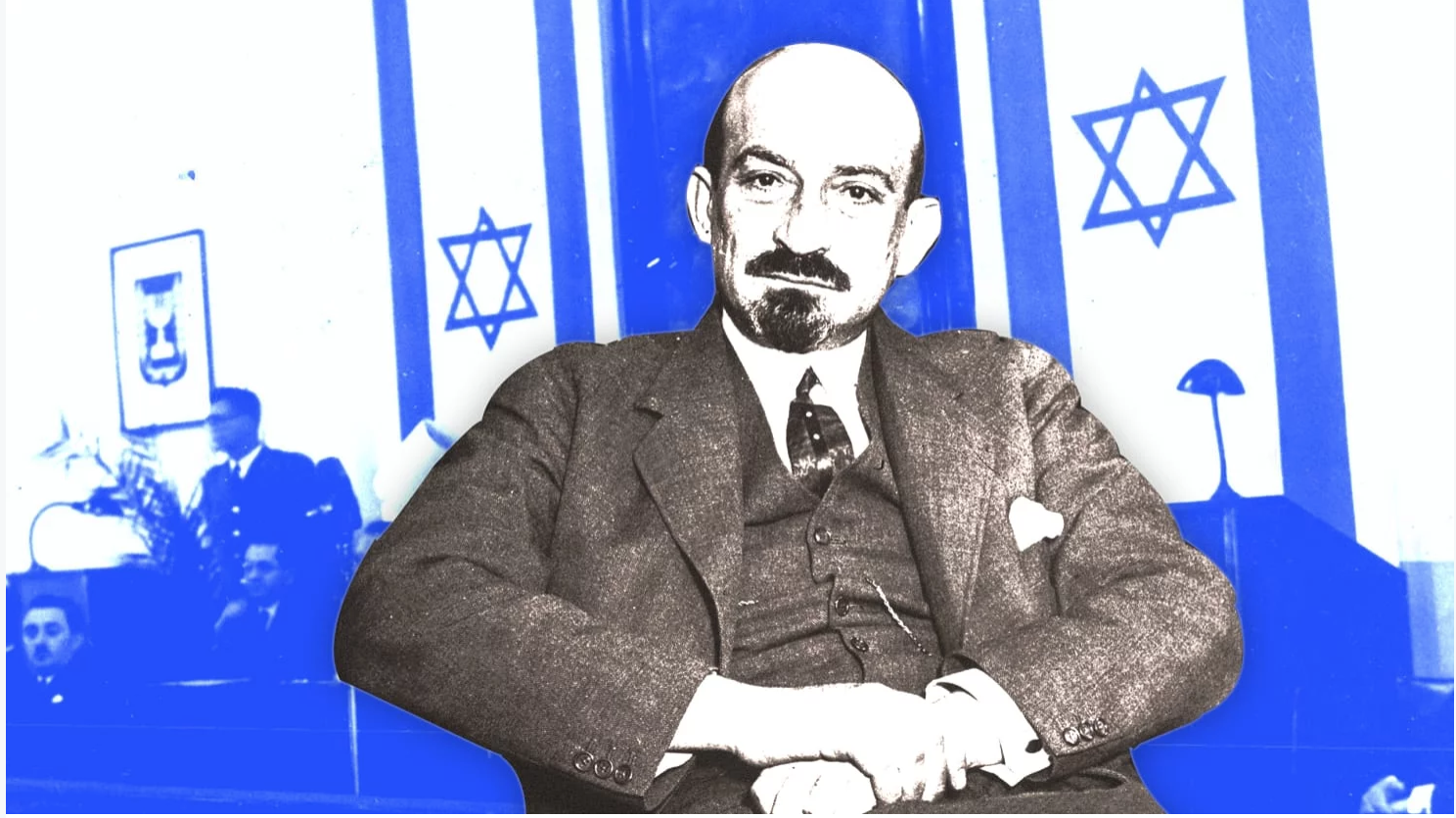The Scientist Who Rose From Russia’s Ghettos to Israeli President

Dr. Charles Weizmann of Manchester, England, bearer of 110 patents, born in 1874 as Chaim ben Ozer deep in Russia’s 472,590 square-mile Jewish ghetto, is remembered today as Chaim Weizmann, Israel’s first president.
The Weizmann name game helps explain Zionism, and the modern Jewish revolution, as Israel celebrates its 70th anniversary. His move from ghetto Jew to scientist-statesman parallels the Jewish people’s journey, from too-often passive victims to historical actors at home in their homeland, as all liberal nationalists wish to be.
Chaim ben—son of—Ozer endured the terrors of Russian anti-Semitism. But he also appreciated Jews’ resulting cultural autonomy. This precocious child quickly recognized two ways out: the Enlightenment’s path of mastering science as “Charles Weizmann,” and Zionism’s path of restoring Jewish dignity as “Chaim,” his Hebrew name.
Chaim ben Ozer had to be crazy smart to be the first kid ever sent at eleven, from his “shtetl,” Motol, to study science in the big city, Pinsk. After studying in Germany, he earned his Ph.D. in organic chemistry in Switzerland—escaping Russia’s restrictions on Jews’ creativity, identity, and freedom. By 1901, this 27-year-old was an assistant lecturer at the University of Geneva. Three years later, the University of Manchester Chemistry Department appointed him Senior Lecturer, where he lived for three decades.
Dr. Charles Weizmann cultivated a genteel, utterly predictable, British persona, countering the ghetto’s chaotic crudities. Weizmann climbed so high because his applied biochemistry contributions were so crucial. The father of industrial fermentation, he broke down bacteria to mass-produce natural substances that proved useful industrially—and militarily.
When the Great War began in 1914, the British needed the volatile organic solvent, acetone, to make cordite for gunpowder. The minerals to make acetone usually came from Germany. Now, the artificial processes to defeat Germany came from Weizmann—contributed mostly for free.
